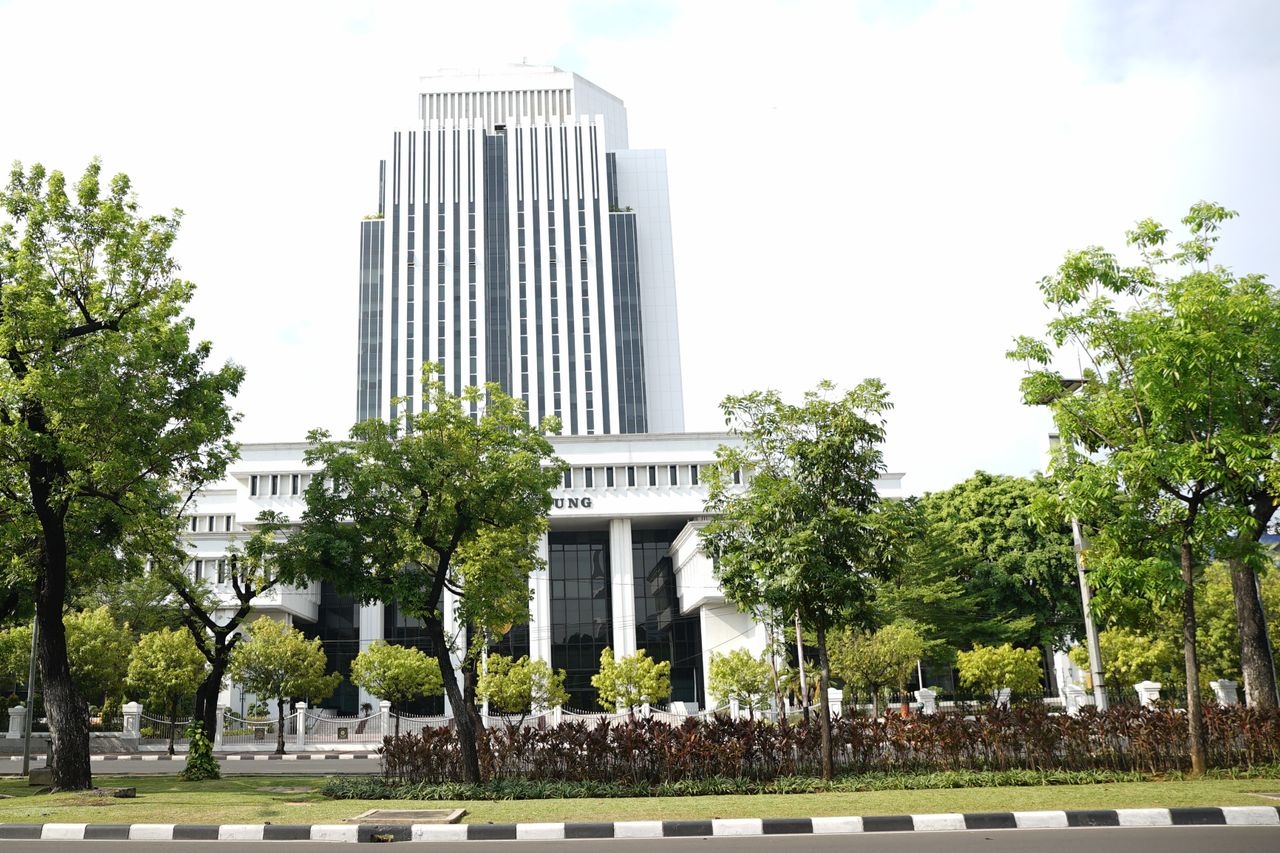Finding Out The Reasons Why The Supreme Court Banned Taking Of Pictures At The Session

JAKARTA - The Supreme Court issued Circular Number 2 of 2020 concerning Procedures for Attending Trials. In the letter, there is a rule that is considered to limit journalistic work in covering the trial process.
The regulation in question is the prohibition of taking photos, sound recordings, and TV recordings during the trial. This is not completely prohibited, if the media and reporters have obtained permission from the Chairman of the local District Court.
Criminal law expert, Abdul Fickar Hadjar, assessed that the issuance of the regulation would be against the trial process which is open to the public. Because in particular, the exception to the rule will only apply to court proceedings in decency cases and trials with juvenile defendants.
The authority is handed over to the Chief Judge in adjudicating trial cases. Based on Article 153 paragraph (3) of Law Number 8 of 1981 concerning Criminal Procedure Law (KUHAP).
"This means that the chairman is responsible for the orderliness of the proceedings. This is a manifestation of the independence of the judiciary, the freedom of judicial power which when handling cases is the full authority of the panel of judges," said Fickar to VOI via text message, Thursday, February 27.
It's just that, so far, the interpretation of openness has often deviated from the meaning of the article. Among other things, the question of the trial was broadcast live. In 2016, the trial of Wayan Mirna Salihin's death case - if we remember about the cyanide coffee case - was broadcast live and continuously by a number of television stations.
At that time, television stations in Indonesia competed to report criminal cases with the defendant Jessica Wongso, who was later sentenced to 20 years in prison at the Central Jakarta District Court. Almost all news-based television stations such as Metro TV, Kompas TV, iNews, and tvOne continuously broadcast live at court to attract viewer ratings.
Maybe this is the first time there has been a criminal case where the trial process was broadcast live by electronic media. In fact, the trial is like a soap opera drama, which can be watched live by television viewers three times a week and usually lasts up to a dozen hours once a week.
Returning to Fickar's explanation, according to him, broadcasting directly from the courtroom like Jessica Wongso's trial actually violates a provision in the criminal procedural law. The reason is that a witness whose testimony has not been heard is not allowed to be in the courtroom or hear a witness who is giving his testimony.
"The purpose of this prohibition is so that witnesses whose statements have not been heard are not affected by the testimonies of witnesses who are currently being examined," he explained.
So, if we reflect on these provisions, Fickar said, it is clear that it violates the rules if live broadcasts of television stations or online media are still being carried out in the ongoing trial process.
However, for the recording of images or audio, as well as taking photos broadcast after the trial, he considered that as long as it did not interfere with the proceedings and had been permitted by the Panel of Judges, there would actually be no problem if it was done. Moreover, if the ultimate goal is judicial transparency.
"I think that as long as the shooting does not disturb the orderliness of the trial and does not cause unheard witnesses to hear the testimony of the witnesses being examined, then the shooting is legal and there is no basis for prohibiting or not allowing it as part of the principle of transparency," he said.
PRESIDENT JOKOWI: THANK YOU SUPREME COURT FOR MAKING A BIG REFORM TOWARDS THE WORLD OF INDONESIAN JURISDICTION For complete news, please click https://t.co/iaAIwY9OFm or visit https://t.co/dPhd7W1ACX to see more news. pic.twitter.com/LNW8lMLsRB
- Supreme Court Public Relations (@Humas_MA) February 26, 2020
Aggravating the Judicial Mafia
The ban on photographing, recording sound and taking TV pictures during the trial without the permission of the Chief Justice has drawn criticism. Responding to the regulation, the Indonesian Legal Aid Foundation (YLBHI) assessed that the ban would worsen the condition of the judiciary in Indonesia which will be increasingly closed.
"YLBHI is of the opinion that the ban on photographing, recording, and covering trials without the permission of the Chief Justice will aggravate the judicial mafia which has been found in many reports," said YLBHI General Chair, Asfinawati, in her statement,
Asfinawati assessed that the clause of the Chief Justice's permission to be able to photograph and record the trial would be difficult to obtain. This is because the Chief Justice of the Court will easily refuse a permit application for various reasons and certain interests.
"In addition, photographing, recording, and covering trials without permission is the realm of administrative law which is connected with something that is prohibited," he added.
YLBHI noted that so far the openness of the trial through taking pictures and recordings of the trial had at least several benefits. One of the points is that the audio and video recordings of the trial can be useful for the supervision of judges and the parties involved.
"At least the judge and the parties will think twice if they want to act inappropriately or violate the procedural law because there will be evidence from the audio and video recordings," he added.
